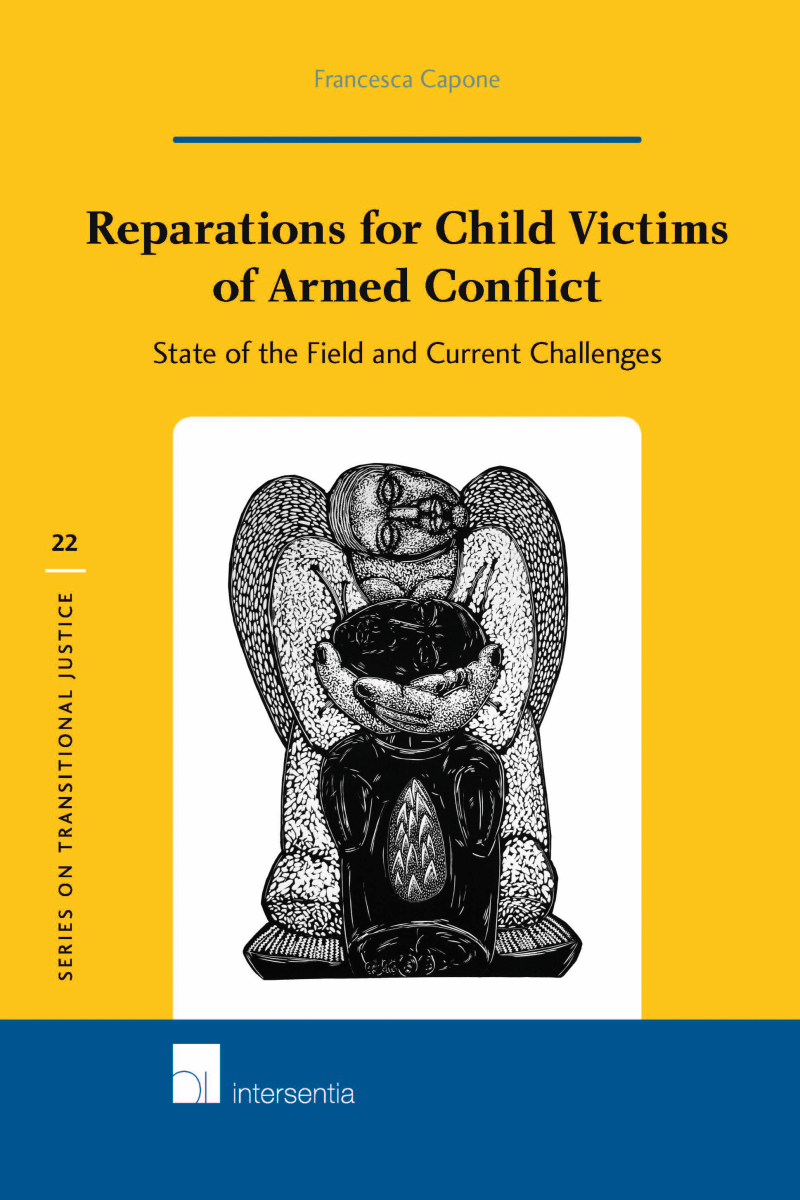 maestro
mastercard
visa
maestro
mastercard
visa

Reparations for Child Victims of Armed Conflict
State of the Field and Current Challenges

Winner of the 2018 Ciardi Prize
This book offers an analysis of the existing normative framework regulating the right to reparation for child victims of armed conflict. The study questions whether the current framework is sufficiently developed to provide child victims with adequate, effective and prompt reparations; furthermore it presents and critically assesses the judicial and non-judicial mechanisms in place as well as the reparations awarded and implemented so far at the international and regional level.
The research stems from the need to fill a gap in the current literature on transitional justice, in particular on the right to reparation. Even though reparations are well-established legal measures in several domestic judicial systems all over the world, in transitional periods reparations are not just a means to redress the harm suffered by the victims of wrongful acts, but they also seek to contribute to the reconstitution or the constitution of a new political community in the aftermath of an armed conflict. The overview of the relevant cases and materials provided in this book helps paving the way for reparations that are effective, adequate, prompt, and in line with the international standards set forth by the CRC and other instruments. This book ultimately strives to highlight the shortcomings of the existing mechanisms and it points out the main issues that need to be improved and/or overcome in pursuance of child victims’ redress.
From the foreword by Professor Theo van Boven (Former UN Special Rapporteur on the Right to Reparation for Victims of Gross Violations of Human Rights and Professor Emeritus of International Law at the University of Maastricht):
“A leading motive of this study carried out with precision and persuasion is the design of transitional justice processes in law and practice. In many situations the plight of victims and for that matter the plight of child victims in armed conflicts happens to be ignored as inopportune and inconvenient. While relevant international legal framework and applicable mechanisms are developing as part of the process of an assumed humanization of international law, major complexities and shortcomings still abound.”
‘[The book’s] principal merit is precisely to fill a gap in existing literature by addressing the legal challenges posed by violations of children’s rights in armed conflicts and by the dearth of adequate reparations mechanisms against a very broad background and to dwell in depth on these challenges both on the theoretical and normative level and on the practical side. [It] represents a precious source of reference for lawyers and practitioners active in the field of children’s rights and working for their social reintegration after the war. Francesca Capone not only provides a comprehensive analysis of the topic and proposes solutions to improve existing reparations mechanisms, but she also succeeds in showing that one of the keys to moving forward is building on children’s capability to be actively involved in transitional justice processes.’
Micaela Frulli in ICLQ 2017.
‘[The] practice-oriented approach clearly adds to the book’s appeal, both for scholars and for those who are directly involved in the formulation and implementation of the standards concerned.’
Christine Bakker in Italian Yearbook of International Law 2017, 683.
| Type of product | Book |
|---|---|
| Format | Hardback |
| EAN / ISSN | 9781780684383 / 9781780684741 |
| Series name | Series on Transitional Justice |
| Weight | 650 g |
| Status | Available |
| Number of pages | xxxii + 276 p. |
| Access to exercice | No |
| Publisher | Larcier |
| Language | English |
| Publication Date | Jan 26, 2017 |
| Available on Strada Belgique | No |
| Available on Strada Europe | No |
| Available on Strada Luxembourg | No |
Downloads
- Table of Contents
- Chapter 1. Setting the Scene
- PART I. THE NORMATIVE AND THEORETICAL FRAMEWORK
- Chapter 2. Children as Victims of Armed Conflict
- Chapter 3. The Right to Reparation in International Law: Developments, Shortcomings and their Relevance to Child Victims of Armed Conflict
- Chapter 4. Forms and Scope of Reparations for Child Victims of Armed Conflict
- PART II. CURRENT APPLICATION OF THE PRINCIPLES AND NORMS
- Chapter 5. Child Victims’ Right to Reparation in ‘Quasi-Judicial’and Judicial International Settings
- Chapter 6. Child Victims’ Right to Reparation in ‘Quasi-Judicial’and Judicial Regional Settings
- Chapter 7. Child Victims’ Right to Reparation in Non-Judicial Settings
- Chapter 8. Final Remarks
- Bibliography
- Index